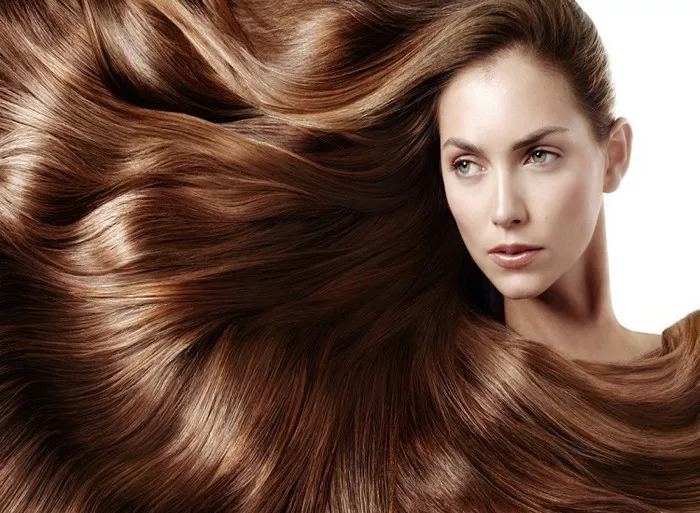Hair straighteners have become a staple in many people’s beauty routines, offering the promise of sleek, smooth locks with minimal effort. However, concerns about the potential damage they can cause to hair have led to debates among beauty enthusiasts and professionals alike. In this article, we’ll explore the impact of hair straighteners on hair health, examining the science behind their effects and providing tips for minimizing damage.
Understanding Hair Structure
Before delving into the effects of hair straighteners, it’s essential to understand the structure of hair. Each strand of hair consists of three layers: the cuticle, cortex, and medulla. The cuticle is the outermost layer, consisting of overlapping scales that protect the inner layers of the hair shaft. The cortex is the middle layer, containing proteins that give hair its strength, elasticity, and color. The medulla, found in some hair types, is the innermost layer, consisting of soft keratin.
How Hair Straighteners Work
Hair straighteners, also known as flat irons, work by applying heat to the hair shaft, causing the hydrogen bonds within the hair’s protein structure to temporarily break. This allows the hair to be reshaped into a straighter form when the iron is passed through it. Once the hair cools down, the hydrogen bonds reform, locking the hair into its new shape.
Potential Damage Caused by Hair Straighteners
While hair straighteners can provide immediate results, frequent or improper use can lead to various forms of damage to the hair. Some potential issues include:
1. Heat Damage: Excessive heat from hair straighteners can lead to heat damage, which manifests as dry, brittle, and frizzy hair. Prolonged exposure to high temperatures can weaken the protein bonds in the hair, leading to breakage and split ends.
2. Moisture Loss: The intense heat from hair straighteners can strip the hair of its natural moisture, leaving it dehydrated and prone to damage. This can result in dullness, rough texture, and increased susceptibility to environmental stressors.
3. Protein Degradation: The repeated application of heat to the hair can cause the proteins in the cortex to degrade, compromising the structural integrity of the hair shaft. This can lead to weakened hair that is more susceptible to breakage and damage.
4. Friction Damage: The friction generated by pulling the hair through the straightening plates can contribute to mechanical damage, particularly when using straighteners with rough or uneven surfaces. This can result in hair cuticle damage and increased hair breakage over time.
5. Scalp Irritation: Direct contact between the hot plates of a hair straightener and the scalp can cause irritation, burns, or even hair follicle damage if not used with care.
Minimizing Damage from Hair Straighteners
While hair straighteners can potentially cause damage to the hair, there are several strategies you can employ to minimize the risk and maintain healthier hair:
1. Use Heat Protection Products: Applying a heat protectant spray or serum to the hair before using a straightener can help create a barrier that reduces heat damage and moisture loss.
2. Adjust Temperature Settings: Most modern hair straighteners come with adjustable temperature settings. Using lower heat settings and minimizing the number of passes over each section of hair can reduce the risk of heat damage while still achieving desired results.
3. Limit Frequency of Use: Avoid using a hair straightener every day, as frequent heat styling can increase the likelihood of damage. Instead, try to alternate between straightening and air-drying or using heat-free styling methods.
4. Invest in High-Quality Tools: Opt for hair straighteners made from ceramic or tourmaline plates, as these materials distribute heat more evenly and are less likely to cause hot spots that can lead to damage. Additionally, choose straighteners with adjustable temperature settings and smooth, rounded plates to minimize friction.
5. Prep Hair Properly: Before using a hair straightener, ensure that your hair is clean, dry, and free from tangles. Using a moisturizing shampoo and conditioner can help maintain hair health and reduce the risk of damage during styling.
6. Practice Proper Technique: When using a hair straightener, hold the iron at a slight angle and glide it smoothly through small sections of hair, avoiding excessive tension or pulling. Additionally, avoid clamping the straightener too tightly, as this can cause unnecessary stress on the hair shaft.
7. Follow Up with Care: After straightening your hair, follow up with nourishing hair care products such as leave-in conditioners or hair oils to help restore moisture and protect against damage. Additionally, consider incorporating regular deep conditioning treatments into your hair care routine to keep your locks healthy and hydrated.
Conclusion
While hair straighteners can be a convenient tool for achieving sleek, smooth hair, they can also pose risks to hair health if not used properly. By understanding the science behind hair straightening and implementing strategies to minimize damage, you can enjoy the benefits of straight hair without compromising its integrity. Remember to prioritize hair health, listen to your hair’s needs, and approach heat styling with caution to maintain beautiful, healthy locks for years to come.


